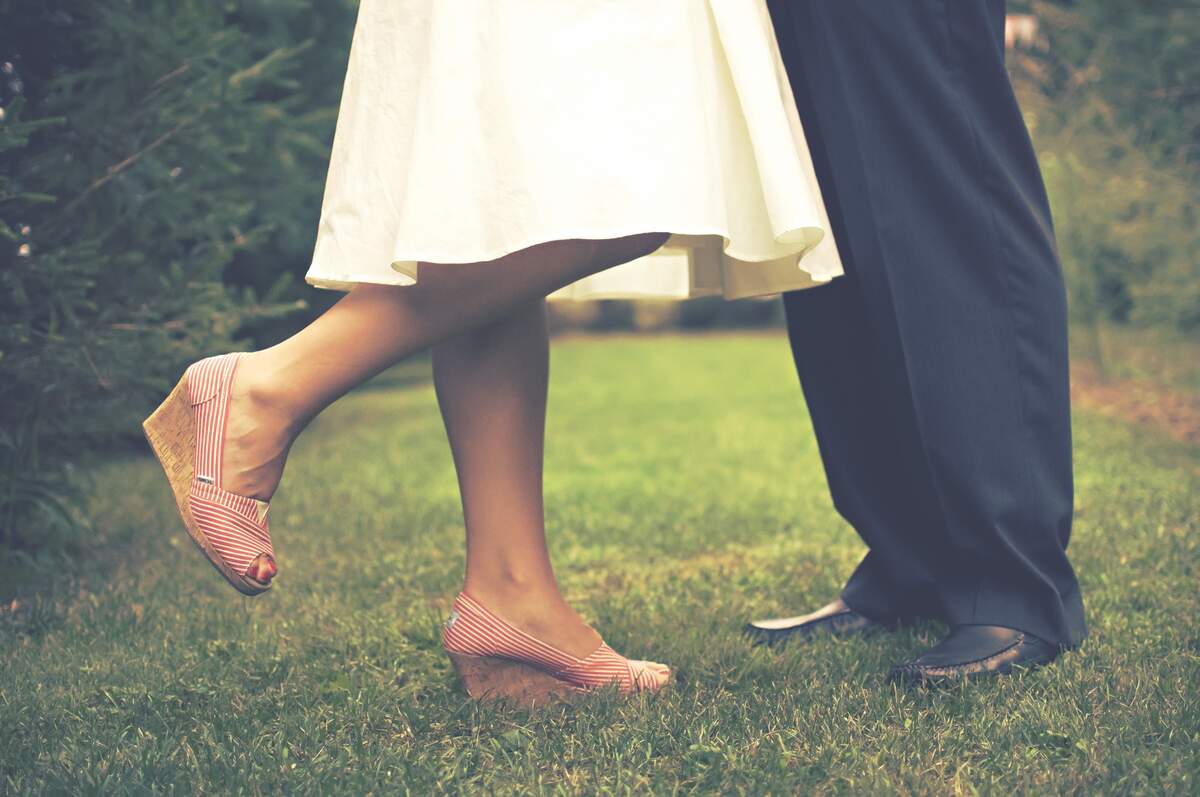

Wear a Dress Day
Observed
annually on June 1st (since 2010)
annually on December 1st (since 2010)
Dates
June 1st, 2023
December 1st, 2023
June 1st, 2024
December 1st, 2024
June 1st, 2025
December 1st, 2025
June 1st, 2026
December 1st, 2026
June 1st, 2027
December 1st, 2027
Hashtags
Sources
A dress-wearing day is a rare occurrence for some, but just like any other day for others. Happening twice a year, on June 1st and December 1st, Wear a Dress Day is "simply a day to wear a dress and have fun." The idea for the day came from a discussion in Bend, Oregon, in April 2010, about how beautiful dresses are, and about how they should be worn more often. By the end of May, over 100,000 people had RSVP'd to attend a Facebook event for the day. People have been wearing dresses at least twice a year ever since!
There are a wide variety of styles of dresses which are worn for numerous social occasions. Dresses date to ancient times and have changed in style over thousands of years. By the early nineteenth century, dresses were rather lightweight and simple. This changed in the 1830s when oversized dresses with puffy sleeves became the norm. By mid-century, extra-large dresses were formed with crinolines, which went under skirts and were made of steel wire or other materials. But fashion shifted again during the following decade, and cinch corsets that accentuated small waists came to prominence. Victorian "bustle" dresses, with flat skirts and bulky backs, reigned from the 1860s into the 1890s. Inventions in the nineteenth century led to continued changes in dresses in that century and the next. Elastic, safety pins, the electric iron, and the zip fastener all contributed to changes, as did the arrival of paper dress patterns, which led to an increase of dress sewing at home.
Knee-length dresses came into vogue during the 1920s, but more conservative dresses were once again at the forefront in the 1930s. Shorter hemlines returned during World War II, which can be attributed to the need to conserve material. In 1947, Christian Dior introduced the "New Look," which consisted of a style of long dresses with narrow waists that emphasized the hourglass figures of women. Dresses maintained a feminine look with full silhouettes until the mid-1960s when the miniskirt came on the scene. Dresses became more informal and relaxed at this time. In the present day, there are all kinds of styles of dresses, and on Wear a Dress Day we wear whichever dress suits our fancy!
How to Observe Wear a Dress Day
Celebrate by wearing a dress! Wear your best dress or wear your favorite dress! Wear a dress someone sewed you or buy a new dress! No matter which dress you wear, make sure to spend the day having fun!





















